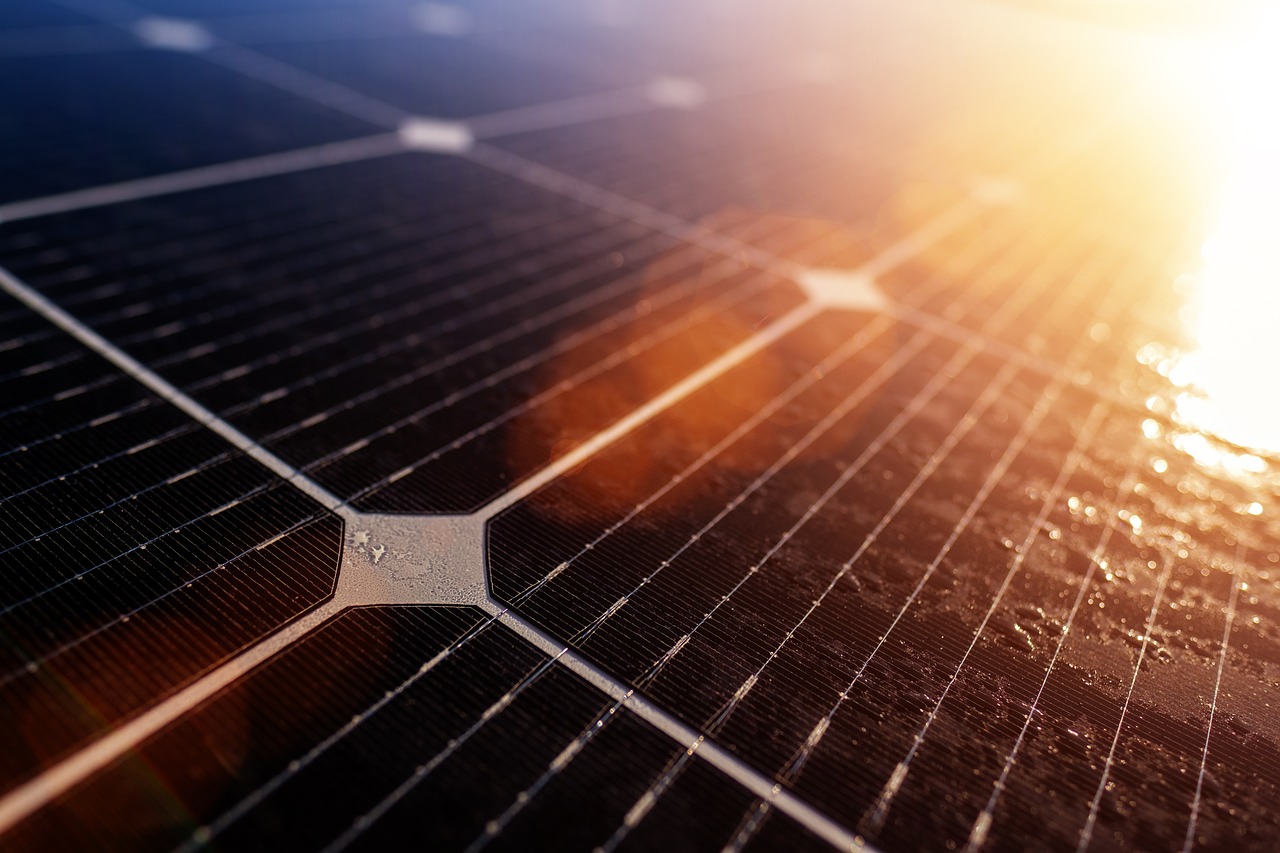You’ve heard about SpaceX’s plans to send us to Mars and build a long-term base. Humanity’s exploration of interplanetary space! Sounds fantastic, doesn’t it? But there is one glaring problem with Mars that few people talk about. It’s not the toxic soil, the deadly radiation, the rarefied atmosphere, the weak gravity, or the negligible amount of water. Even if we solve these problems, Mars will not become our comfortable home. The big problem is energy.
It takes a lot of energy to sustain humanity, especially on an inhospitable planet like Mars. Compared to Earth, the Red Planet is cold, toxic, and airless, which means that once we get there, an intimidating number of life-support systems will be needed.
The base needs not only pressure, but also a constant balancing of carbon dioxide, oxygen, and nitrogen levels, all while maintaining heat to protect itself from the cold outside.
For our pioneers to survive on Mars, food and water have to be grown, distilled and recycled. All this takes quite a bit of energy. Not to mention how much coffee it takes to stay sane.
It’s estimated that a Martian base would need about 90 kW per person, which means a mission of 12 people would require 1,080 kW. That’s about the same power as a Bugatti Chiron at continuous full throttle. By comparison, the average American home consumes 1.4 kW, which is the consumption of a kettle on all the time. How do you get that huge amount of energy to Mars?
One option is solar. Solar panels are relatively inexpensive, easy to install and set up. Even I can take a simple solar panel circuit to charge my phone. You don’t need a nuclear physics degree to operate them safely. So why not build a massive solar panel farm on Mars?
Well, there are two reasons why this idea is bad. Mars is farther away from the Sun and receives much less solar energy, which is about 60% of what reaches Earth. I burn up easily on the Sun, so it sounds like music to my ears. Solar panels on Earth can produce 0.175 kW per square meter of battery, but on Mars they can only produce 0.105 kW/m. It would take 10,286 square meters to power the base, but that’s assuming the panels are perfectly lit all the time!
In fact, half the day one side of the planet is not illuminated, so you have to multiply the area by 2, you get 20,571 square meters, which is 4.6 rugby fields. You need a huge battery with a capacity of at least 12960 kW⋅h to provide power at night.
If measured in current Tesla batteries, such a battery would weigh about 82 tons. For a team of 12 people, that’s a huge weight to just pick up and install, keeping in mind that it has to be done fairly quickly, otherwise our explorers would have no food, heat, or oxygen.
But that figure also assumes clear skies. Mars doesn’t have a cloud cover like Earth, but it does have dust storms covering the entire planet, and they cover the sun for weeks or maybe months. When your life depends on solar power, it’s not good: Power will drop fatally because of these storms. Plant growth, which means food, will stop growing, oxygen machines will shut down, heat will go away, water processing will stop, even the coffee machine will stop working. Our solar base will die because of the big storm. So let’s not rely on the sun.
What about renewable sources, wind or geothermal? Mars’ atmosphere is so thin that wind power is not suitable for us, but geothermal sources would probably work.
We have no direct evidence of thermal sources, other than occasional methane emissions, but they could come from organisms like bacteria. Moreover, if there are any geothermal springs, they lie at a depth of kilometers. To reach such an energy source would require a huge infrastructure, which Mars does not have.
Compared to Earth, Mars is geologically dead. There are no active volcanoes, faults or magma bursts on the planet, so the amount of energy from a single geothermal plant is questionable. It is quite possible that renewable energy would not be worth the monumental effort.
So, no modern renewable energy will work on Mars. What about something more dangerous, like nuclear power?
We’d laugh if fusion energy already worked on Earth. We could harness the flow of electricity to split Martian water into oxygen and hydrogen, saturating the base with oxygen and providing the reactor with fuel. It’s even sad that such a technological marvel doesn’t exist.
We could use the same plutonium reactors that power the Mars rover Opportunity (MMRTG), they are light, powerful and safe by design. They take the heat of radioactive decay and use thermoelectric generators to turn it into electricity, so there is no need for the massive steam turbines used on Earth. But that would only produce 0.124 kW per 45-kilogram reactor. To power a base of 12 people, we would need 8,709 such reactors, which would weigh 391,905 kilograms!
Fortunately, NASA has developed a new reactor, the Kilopower system. This system uses uranium and Stirling engines to produce 10 kW of electricity for 15 years, and it weighs only 1500 kg! To power a base and 12 people, we would need 108 such reactors, and it would weigh a total of 163 tons. That’s a significant savings, but the weight is still great.
The SpaceX spacecraft could carry up to 150 tons to Mars. This means that a few rockets could carry the entire base, supplies and the 108 Kilopower reactors needed to power the base. No need for solar power – just a colossal rocket packed to the brim with reactor and uranium. It seems safe — but the outlook here is short-term.
Long-term Mars is a different story, those reactors will last 15 years, and our Martians need more. There is uranium ore on the surface of the Red Planet that our Martians could use. But there are two problems.
First, before you can use the ore as fuel, it has to be purified, which requires a lot of industrial-scale effort and a huge amount of energy. Even if you manage to recycle nuclear fuel on Mars, we don’t know how much is there. Large amounts of uranium may have decayed in natural reactors billions of years ago. In other words, it looks like the colony will always be dependent on nuclear fuel from Earth.
As the core depletes and loses power, 108 reactors will need uranium replacement every 15 years. Each reactor needs 226 kg of uranium, that is 24400 kg, to fuel all the reactors. It is possible to do this with a single SpaceX interplanetary spacecraft, so refueling a base of 12 is feasible.
When we look at a large-scale Martian city rather than just a lonely base, the situation worsens, and Mars’ dependence on Earth becomes apparent. Let’s say that in a Martian city of 100,000 people we can reduce consumption to 10 kW per person (an estimated assumption). It would take 100,000 Kilopower reactors requiring 22,600 tons of uranium every 15 years. This, a relatively small amount of uranium. A typical terrestrial nuclear power plant consumes 4.6 times that amount.
This significant cargo fits in just over 150 ships at a time, in one go, you can send 22 uranium-loaded starships to Mars every 26 months, when Mars is as close to Earth as possible. This doesn’t even take into account the containers that would be needed to safely store the uranium, so more rockets are needed. Urban electricity bills would be excruciatingly painful.
In reality, Ilon Musk’s dream of an independent Mars is a sure thing. If the colony relies on a steady stream of nuclear fuel from Earth, how can it ever become independent? It is unlikely that Martians can trade with Earth, since there is not a single valuable resource on Mars that is not abundant on Earth. In terms of energy, Mars seems to be forever tied to Earth.
Even worse, the uranium reserves will run out. Even disregarding the leakage of fuel to Mars, at our current rate of consumption we will run out of fuel-quality uranium in just over 200 years: approximately 5.5 million metric tons of the stuff left on Earth.
Unless Mars can switch to another energy source by then, the colony will have to look elsewhere for nuclear fuel. This is difficult, even if possible. One could either recycle low-quality Martian uranium or extract other radioactive elements from the asteroid belt. Both options probably won’t be practical for another 200 years, if practicality is even possible here.
So what energy source can we use? If the colony switches to solar power and if there aren’t enough supplies, one big dust storm will kill all the people on the planet. Even with a very large solar farm and the best batteries, people would still live in fear of dust storms.
This may sound bleak, but Mars is energetically dead. There is a chance that some life exists on Mars, caught up in a small amount of chemical and planetary thermal energy, but Earth is in a different league in that sense, which is why humanity can thrive here. If we are really going to occupy Mars, we need to adapt to a low-energy environment. We can build airtight bases, even terraform the planet, but there is one thing we cannot change: there is less energy on Mars than on Earth.
There is hope, however. We know that modern society is in dire need of energy, we’ve turned into fat cats because of it, but we don’t want to live like that. Humanity is so successful because it can adapt to thrive; we can do the same on Mars.
While I have shown in this article that providing energy for a Martian base or colony is a difficult task, I have also shown that it is not impossible to solve it. We can do it. It will be difficult, but we humans are damn good at what’s difficult! So I’ll see you on Mars?
P.S. What about interplanetary internet – hence the energy to communicate? We’re not going to leave our Martian colony in an information vacuum, are we? Eternal dependence of Mars on the Earth also raises questions, is it so eternal, as the author says about it. Overall, there are many unexplored topics and unaccounted for factors, but we have a lot to talk about in the comments.




